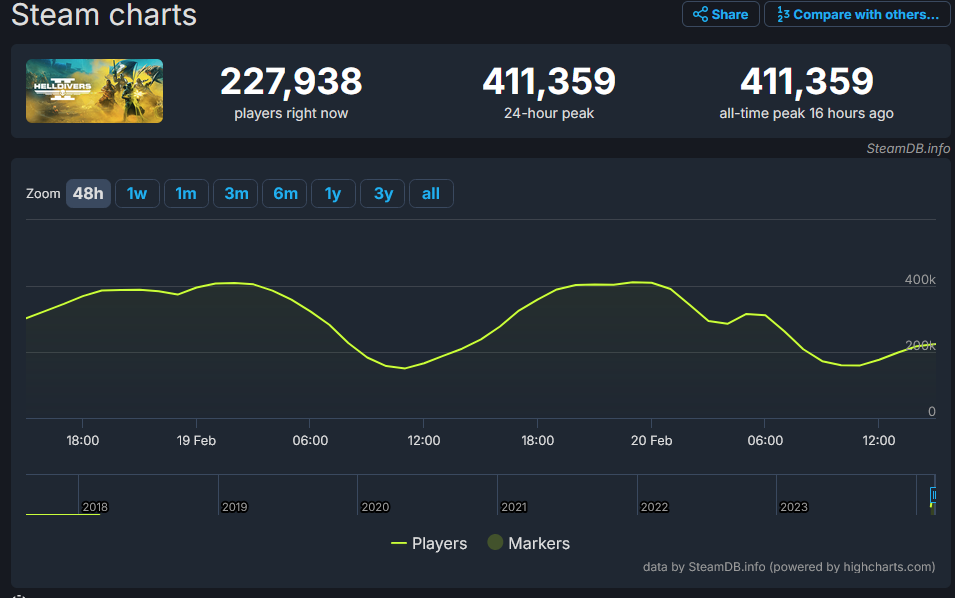

Anything that pushes the CPUs significantly can cause instability in affected parts. I think there are at least two separate issues Intel is facing:
- Voltage irregularities causing instability. These could potentially be fixed by the microcode update Intel will be shipping in mid-August.
- Oxidation of CPU vias. This issue cannot be fixed by any update, any affected part has corrosion inside the CPU die and only replacement would resolve the issue.
Intel’s messaging around this problem has been very slanted towards talking as little as possible about the oxidation issue. Their initial Intel community post was very carefully worded to make it sound like voltage irregularity was the root cause, but careful reading of their statement reveals that it could be interpreted as only saying that instability is a root cause. They buried the admission that there is an oxidation issue in a Reddit comment, of all things. All they’ve said about oxidation is that the issue was resolved at the chip fab some time in 2023, and they’ve claimed it only affected 13th gen parts. There’s no word on which parts number, date ranges, processor code ranges etc. are affected. It seems pretty clear that they wanted the press talking about the microcode update and not the chips that will have the be RMA’d.








It’s likely CentOS 7.9, which was released in Nov. 2020 and shipped with kernel version 3.10.0-1160. It’s not completely ridiculous for a one year old POS systems to have a four year old OS. Design for those systems probably started a few years ago, when CentOS 7.9 was relatively recent. For an embedded system the bias would have been toward an established and mature OS, and CentOS 8.x was likely considered “too new” at the time they were speccing these systems. Remotely upgrading between major releases would not be advisable in an embedded system. The RHEL/CentOS in-place upgrade story is… not great. There was zero support for in-place upgrade until RHEL/CentOS 7, and it’s still considered “at your own risk” (source).